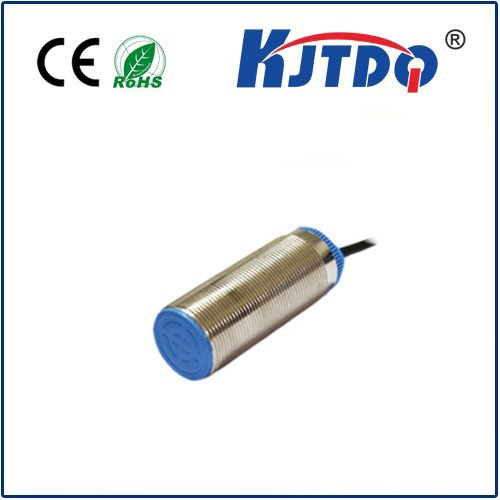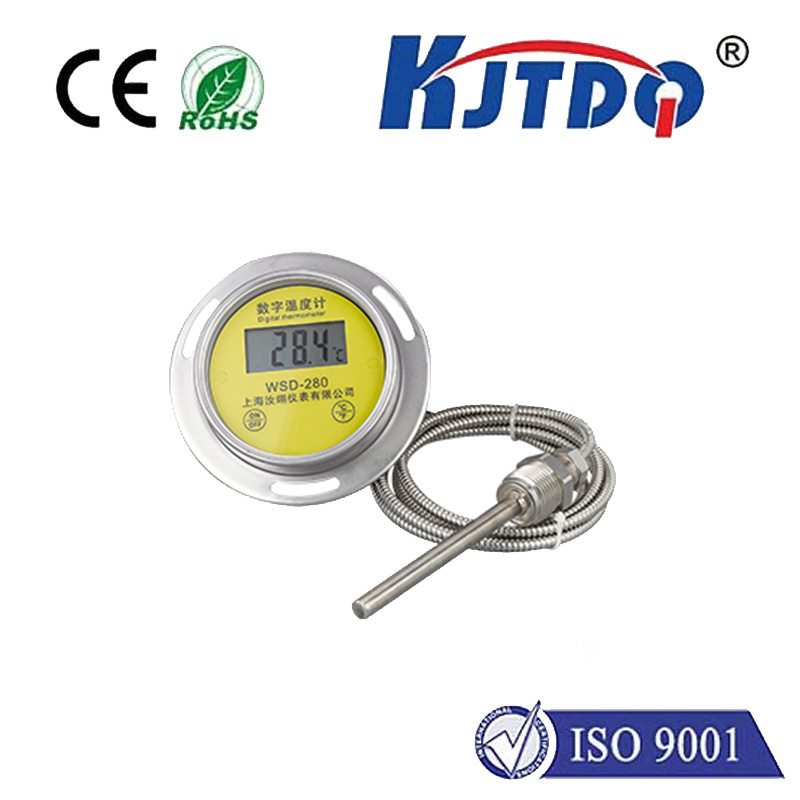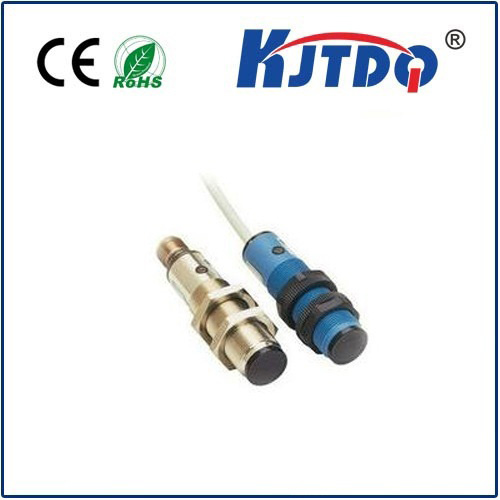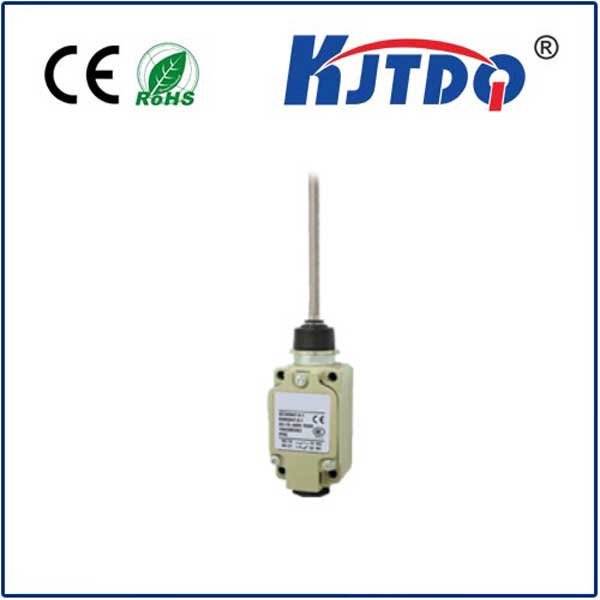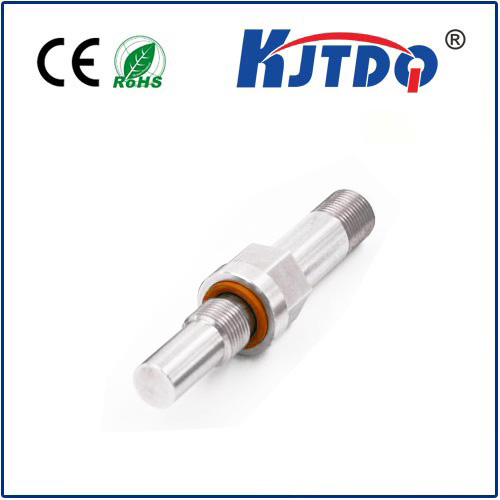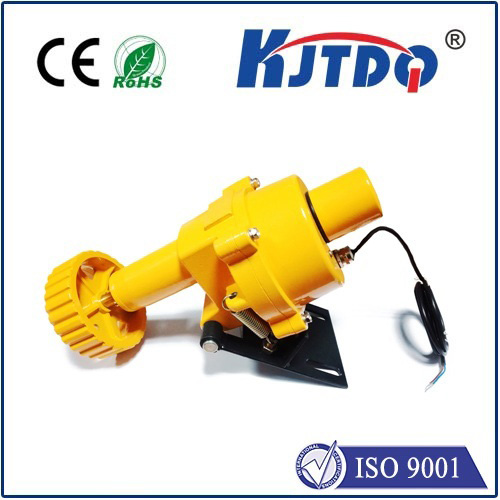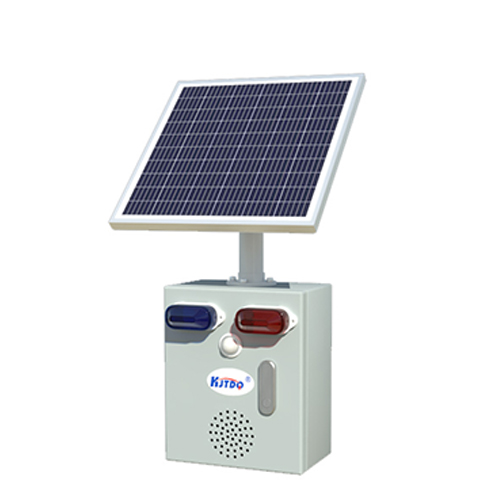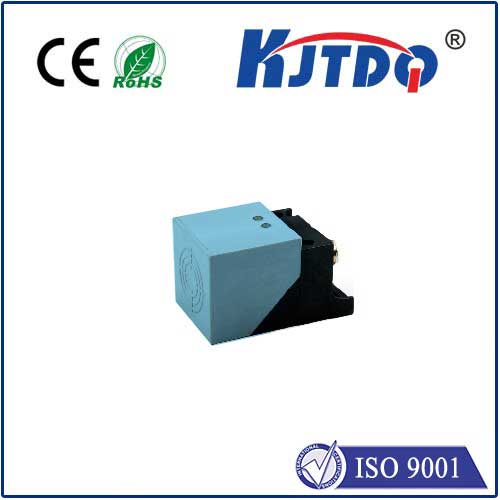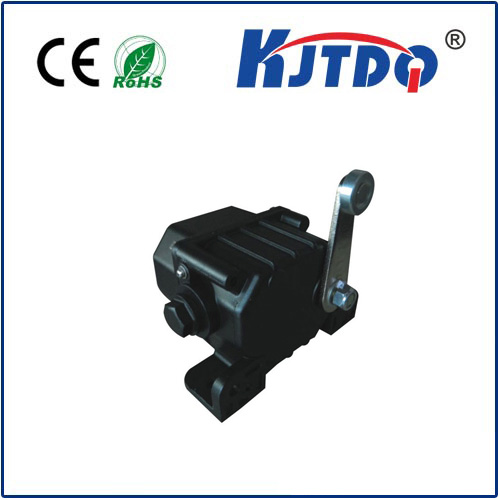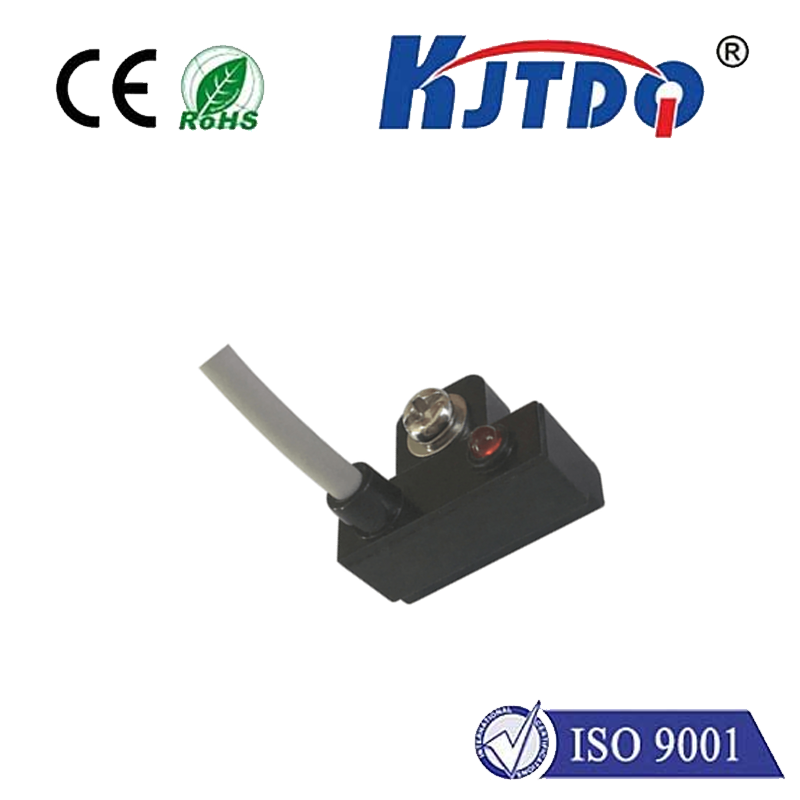E3FB-RP21-F2 background suppression photoelectric sensor
- time:2025-10-09 10:52:55
- Нажмите:0
Omron E3FB-RP21-F2: Mastering Object Detection with Advanced Background Suppression
Imagine a factory conveyor belt stacked high with differently colored boxes. A standard sensor might struggle, triggered by the busy background clutter – the pallet beneath, the machinery behind, or even reflections off nearby surfaces. This constant battle against interference, leading to costly false triggers or missed detections, is a common automation headache. Enter the Omron E3FB-RP21-F2 Background Suppression Photoelectric Sensor, a purpose-built solution designed to cut through the noise and deliver pinpoint accuracy where it matters most. This sensor isn’t just about seeing an object; it’s about precisely distinguishing it from everything else behind it.
Unraveling the Power of Background Suppression Technology
At the heart of the E3FB-RP21-F2 lies its defining feature: Background Suppression (BGS). Unlike standard diffuse reflective sensors that simply measure the amount of light reflected back, BGS technology takes a smarter approach. It calculates the distance to the target based on the angle of the reflected light beam. How?
The sensor emits a focused light cone (visible red laser in the E3FB-RP21-F2). Light reflecting off an object within a specific, predefined “window” distance returns to a specific point on the sensor’s receiver. Light returning from objects behind this window strikes the receiver at a different point. Sophisticated internal optics and electronics analyze this angle or position of the returning light spot. Crucially, the sensor is calibrated to only trigger when light is received from within its precisely set sensing window. Objects outside this zone, whether closer (like dust or mounting brackets) or farther (like conveyor beds, pallets, or machinery), are effectively ignored – suppressed.

Why the E3FB-RP21-F2 Stands Out
The Omron E3FB-RP21-F2 leverages this BGS principle to overcome challenges that plague standard photoelectric sensors:
- Immunity to Object Color and Texture: While the intensity of reflected light varies wildly with color (dark absorbs, light reflects) and surface finish (matte vs. glossy), the angle of reflection is largely independent of these factors. A dark, matte box at the correct distance triggers just as reliably as a shiny, white one. This makes the E3FB-RP21-F2 incredibly versatile for detecting diverse products.
- Elimination of Background Interference: This is its core strength. The sensor point-blank ignores reflectors, machinery, conveyor structures, or pallets positioned beyond its set sensing range. You can confidently mount it over a complex background without constant recalibration or false signals. Precision is maintained regardless of what’s happening behind the target.
- Consistent Sensing Distance: Once the sensing window is set (teach-in method simplifies this), the E3FB-RP21-F2 maintains that specific detection distance with high reliability. This precision is vital for applications like precise positioning, counting stacked objects, or triggering events at an exact point in a process.
- Compact and Robust Design: The E3FB series is renowned for its small footprint. The RP21 variant features a potent red laser beam for precise focusing and long-range detection (up to 300mm with background suppression). Its rugged housing offers excellent resistance to industrial environments, featuring IP67 protection against dust and water jets. M12 quick-disconnect connectors ensure easy installation and maintenance.
Where the E3FB-RP21-F2 Excels: Real-World Applications
This sensor isn’t a jack-of-all-trades; it’s a master of specific, challenging detection scenarios:
- Palletizing & Depalletizing: Detecting boxes or totes on pallets, ignoring the pallet structure itself below or the stack behind.
- High-Contrast or Variable Packaging: Reliably sensing dark bottles moving against a dark conveyor belt or shiny metallized packaging without confusion.
- Detecting Objects on Conveyor Belts: Ignoring the belt’s structure, rollers beneath, or support frames behind the target object.
- Precision Edge Detection: Locating the leading or trailing edge of materials placed against a potentially reflective or different-colored background.
- Small Object Detection: Pinpointing small components within machinery where background surfaces are close.
- Position Verification: Confirming if an object is precisely placed at a specific height or position relative to machinery, ignoring any background elements beyond that point.
Comparison Point: BGS vs. Other Photoelectric Methods
- Vs. Standard Diffuse: Standard diffuse sensors are highly susceptible to target color/reflectivity and background interference. Background Suppression offers a significant advantage in complex environments.
- Vs. Retro-Reflective: Retro-reflective sensors require a reflector, which isn’t always feasible. BGS operates with a single unit facing the target.
- Vs. Through-Beam: While through-beam offers the highest accuracy and range, it requires precise alignment of separate emitter and receiver units. The E3FB-RP21-F2 provides a single-point solution with excellent background rejection.
Implementing the E3FB-RP21-F2 Effectively
Maximizing the benefits of this Фотодатчик подавления фона involves understanding its operation:
- Teach-In Simplicity: Setting the sensing distance is typically straightforward using a “teach” button. Place the target object at the desired detection point and activate the teach function. The sensor memorizes the distance to that specific plane.
- Optimal Mounting: Ensure a stable mount. While the beam is focused, vibration can affect performance in critical applications. Position the sensor perpendicular to the target surface for best results.
- Consider Sensing Range: The E3FB-RP21-F2 offers a specific background suppression range. Ensure your application’s target distances fall within its specified 20…300 mm range. Verifying the specific datasheet values for your model is crucial.
- Environmental Factors: While robust, extreme conditions like heavy fog, steam, or very high ambient light can impact any optical sensor. Assess the environment accordingly.
Conclusion: Precision Engineered for Demanding Environments
The Omron E3FB-RP21-F2 Background Suppression Photoelectric Sensor represents a leap forward in reliable object detection. By intelligently leveraging the physics of light reflection angle, it solves persistent challenges related to object color variation, texture differences, and complex backgrounds. Its compact size, robust build (МП67), powerful red laser beam, and user-friendly setup make it an indispensable tool for automation engineers. Whether ensuring pallets are stacked correctly, verifying precise part placement, or reliably detecting diverse packages on a cluttered line, the E3FB-RP21-F2 delivers the consistent, interference-free performance necessary for modern, efficient industrial automation. It transforms difficult detection tasks into reliable operations.

